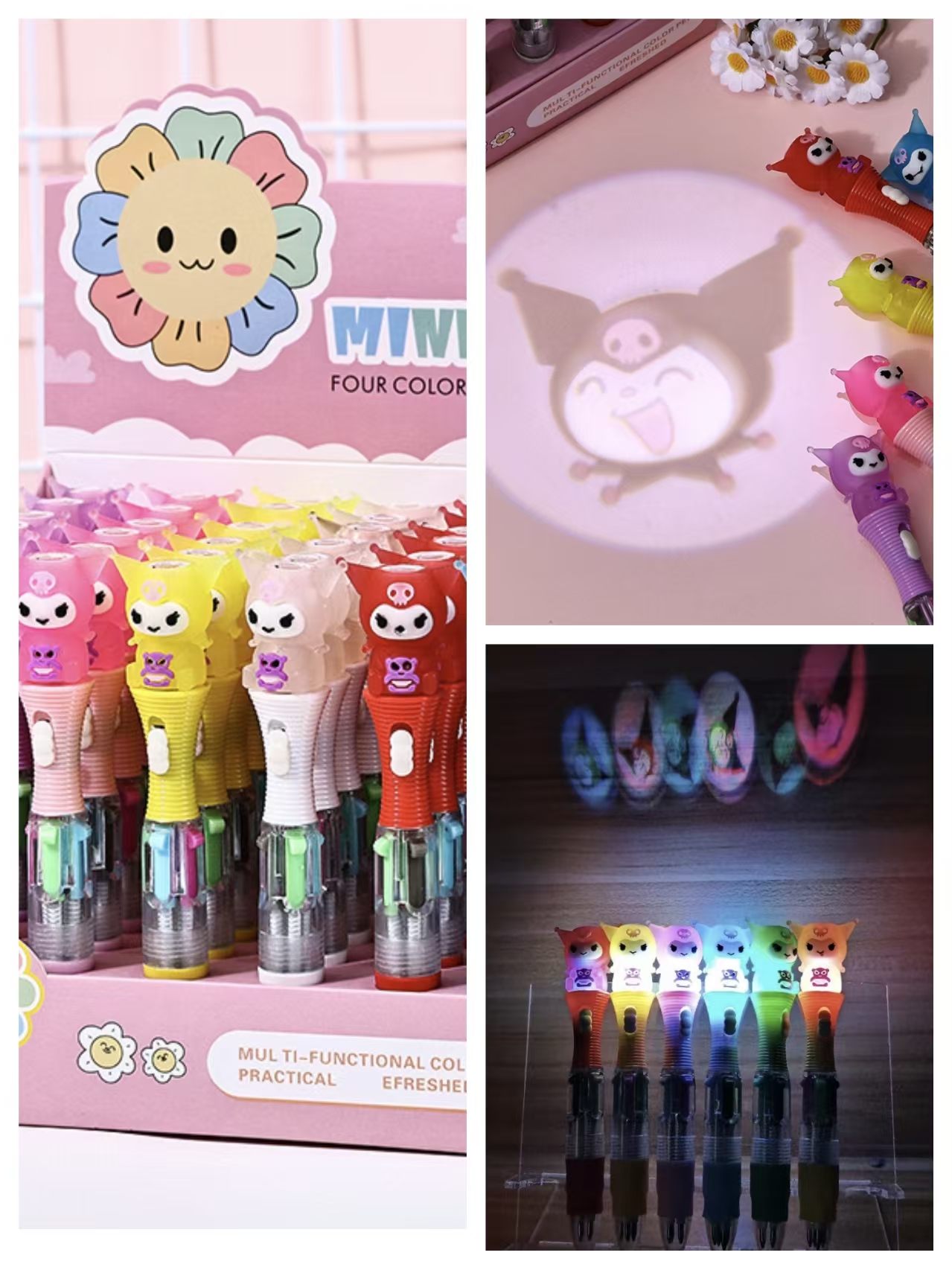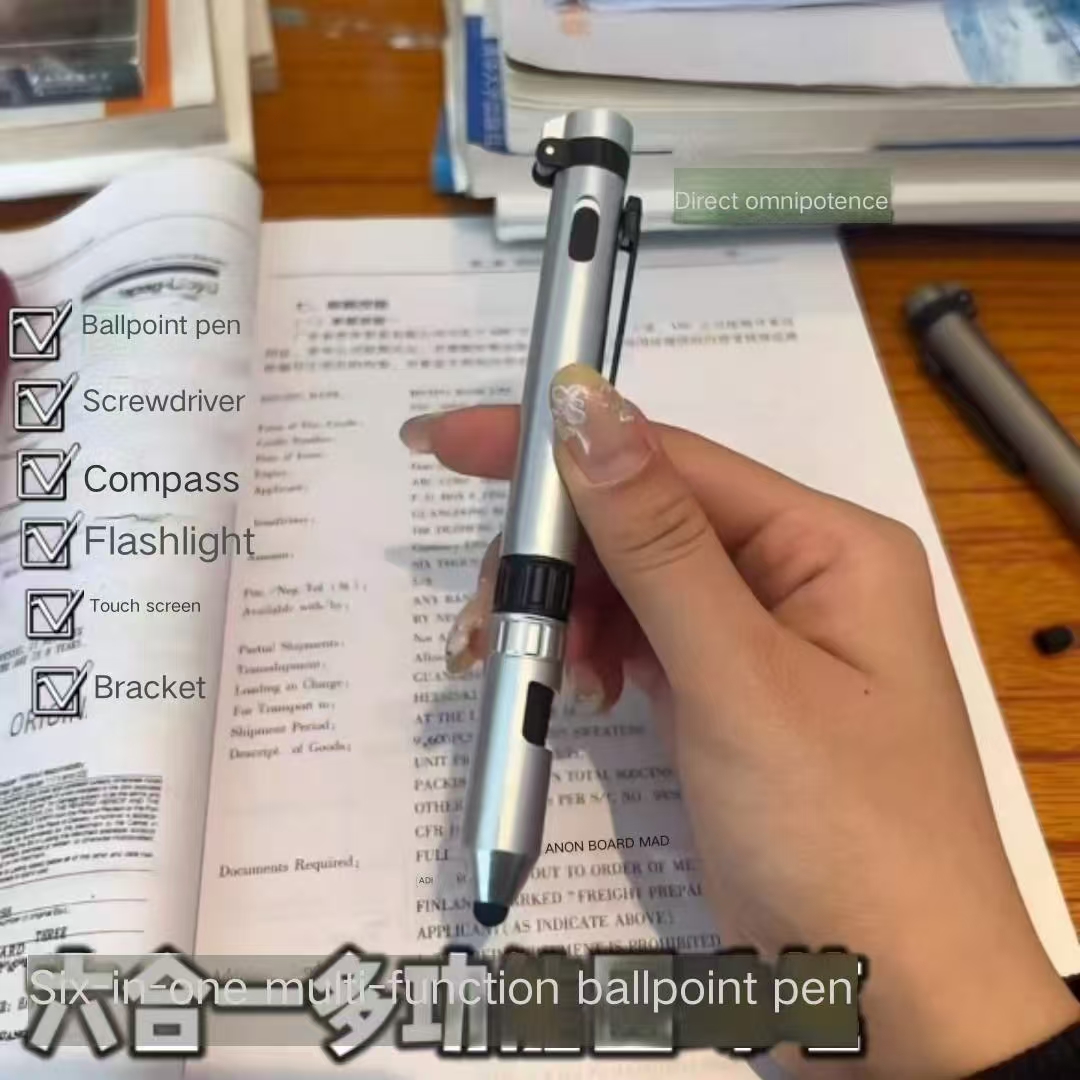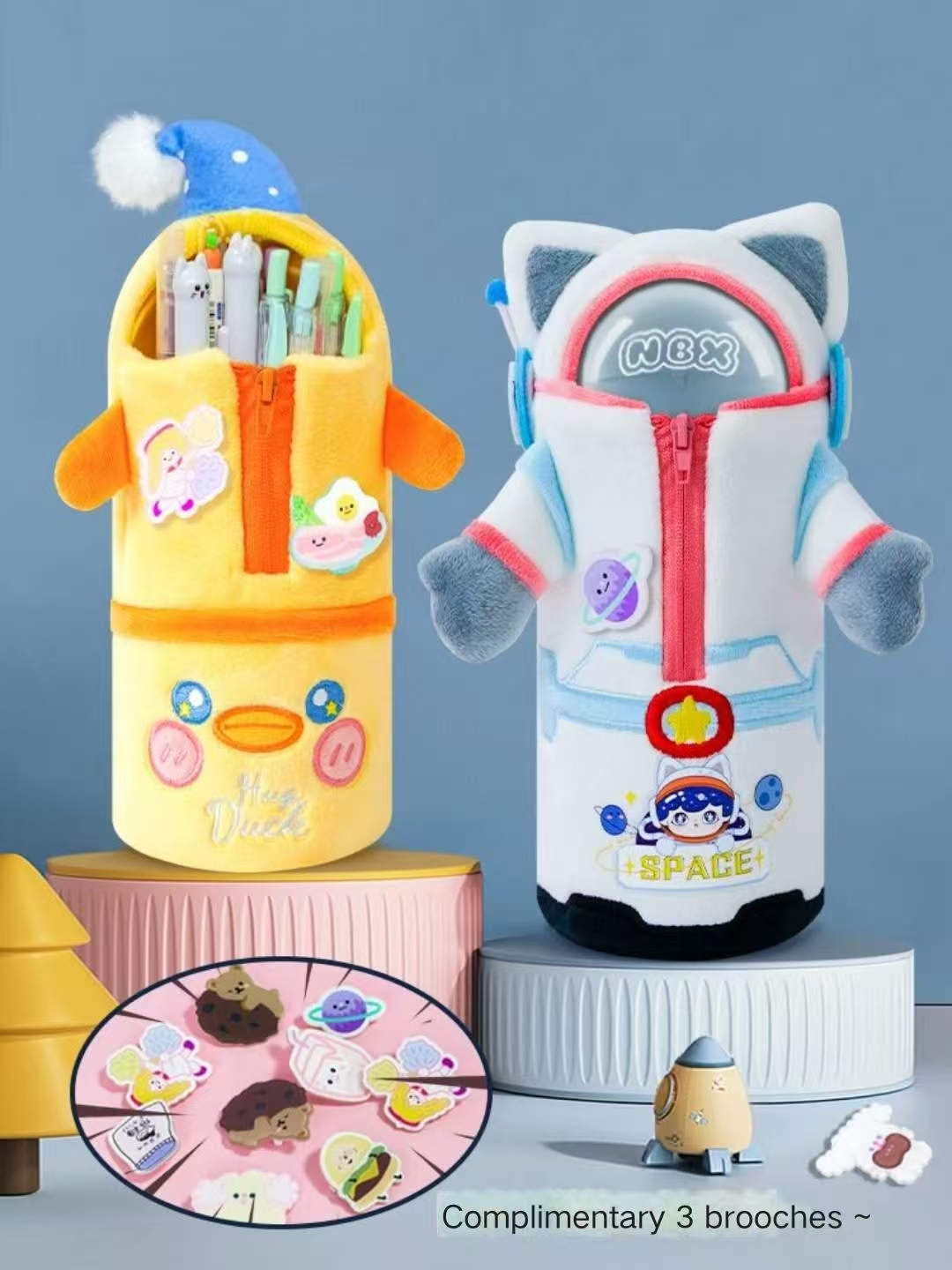How Importers Can Avoid SKU Duplication When Using Wholesale Channels?

SKU duplication hides inside growing inventories. It confuses buyers, weakens analytics, and drains profits through wasted time and lost sales. Importers must guard against it for true catalog efficiency.
Importers can avoid SKU duplication by standardizing product codes, regularly auditing inventories, and using centralized management systems. This delivers clearer data, lower costs, and improves order accuracy.

When I first managed a large product line, duplicated SKUs crept into our listings. Sometimes, the same notebook would have two codes, split across two order forms. Buyers got confused. Teams ordered more than needed, and our warehouse filled up with slow sellers. Cleaning up our inventory helped us spot duplicated items, cut costs, and made negotiating with suppliers easier. Let me break down the essentials so importers can maximize the benefits of streamlined SKU control.
Can SKU be duplicated?
Can a single product show up with more than one SKU?
SKU duplication means the same product appears in the system under different codes. It's a common error in growing catalogs and wholesale channels.

SKU duplication often starts small. A new staff member adds a pen to inventory but assigns a fresh code without checking existing records. Or, wholesalers submit lists with their unique SKUs, creating overlap. Each duplicated item wastes shelf space, leads to confused orders, and muddles sales numbers. In my experience, regular catalog reviews and clear SKU assignment policies stop the problem from growing out of control.
SKU Duplication Table
| Problem Trigger | Resulting Issue | Solution |
|---|---|---|
| Manual Code Creation | Multiple entries per item | Automate or check assignments |
| Multiple Suppliers | SKU conflicts | Centralize SKU registry |
| Staff Training Gaps | Inconsistent SKU logic | Train and monitor SKU use |
| Wholesale Imports | Overlapping catalogs | Match and merge incoming SKUs |
What is product variation SKU?
How do SKUs handle color, size, or style differences in products?
Product variation SKUs identify specific attributes like color or size. These keep catalogs organized by connecting all versions under one parent product.

, Variations are important for retailers managing many styles or colors. A single notebook might have SKUs for red, blue, and green versions, all linked to the parent item. The risk comes when variations aren’t tracked well—sometimes, new SKUs get created for existing colors by mistake. I build “parent-child” structures in spreadsheets or ERP systems to keep data clean and accurate, and to avoid confusion.
SKU Variation Structure Table
| Parent SKU | Variation Attribute | Example Child SKUs |
|---|---|---|
| NB1000 | Color | NB1000-RED, NB1000-BLUE |
| PEN200 | Tip Size | PEN200-F, PEN200-M |
| FILE300 | Pack Quantity | FILE300-10PK, FILE300-20PK |
| PVC410 | Style | PVC410-SMOOTH, PVC410-TEXT |
What are common SKU mistakes to avoid?
Where do most importers trip up with SKU management?
Mistakes include duplicating codes, skipping updates when products change, or using unclear naming conventions. These errors slow down warehousing and blur business analytics.

I ran into trouble by letting codes get too long or choose numbers that looked similar. Our picking staff mixed up products, leading to shipping errors that hurt reputation. Sometimes, discontinued items weren’t removed, so buyers thought we had more choices than we really did. Setting simple, consistent rules for SKU creation and regular clean-ups fixed this. Good SKU hygiene is a must for healthy import business.
Common SKU Mistakes Table
| Mistake | Risk | Prevention Approach |
|---|---|---|
| Duplication | Inventory errors, wasted stock | Audit and merge regularly |
| Vague Naming | Mis-picks, reporting confusion | Use clear, logical structure |
| Ignoring Updates | Stale inventory, unhappy buyers | Review and update as items change |
| Not Retiring SKUs | False choices, cluttered lists | Remove discontinued codes |
Conclusion
SKU duplication1 sneaks in and quietly damages profits for importers. It leads to wasted resources, slow-moving stock, and flawed business intelligence. Tackling the problem means assigning clear codes, sticking to regular audits, and structuring catalogs around product variations. These steps cut storage costs, result in cleaner data, and give importers a bigger advantage when negotiating with wholesalers. In my own work, better SKU hygiene led to faster sales, stronger forecasting, and less wasted effort across our team. For any importing business, smart SKU control2 is not just an efficiency hack—it’s the backbone of long-term profitability and growth.
